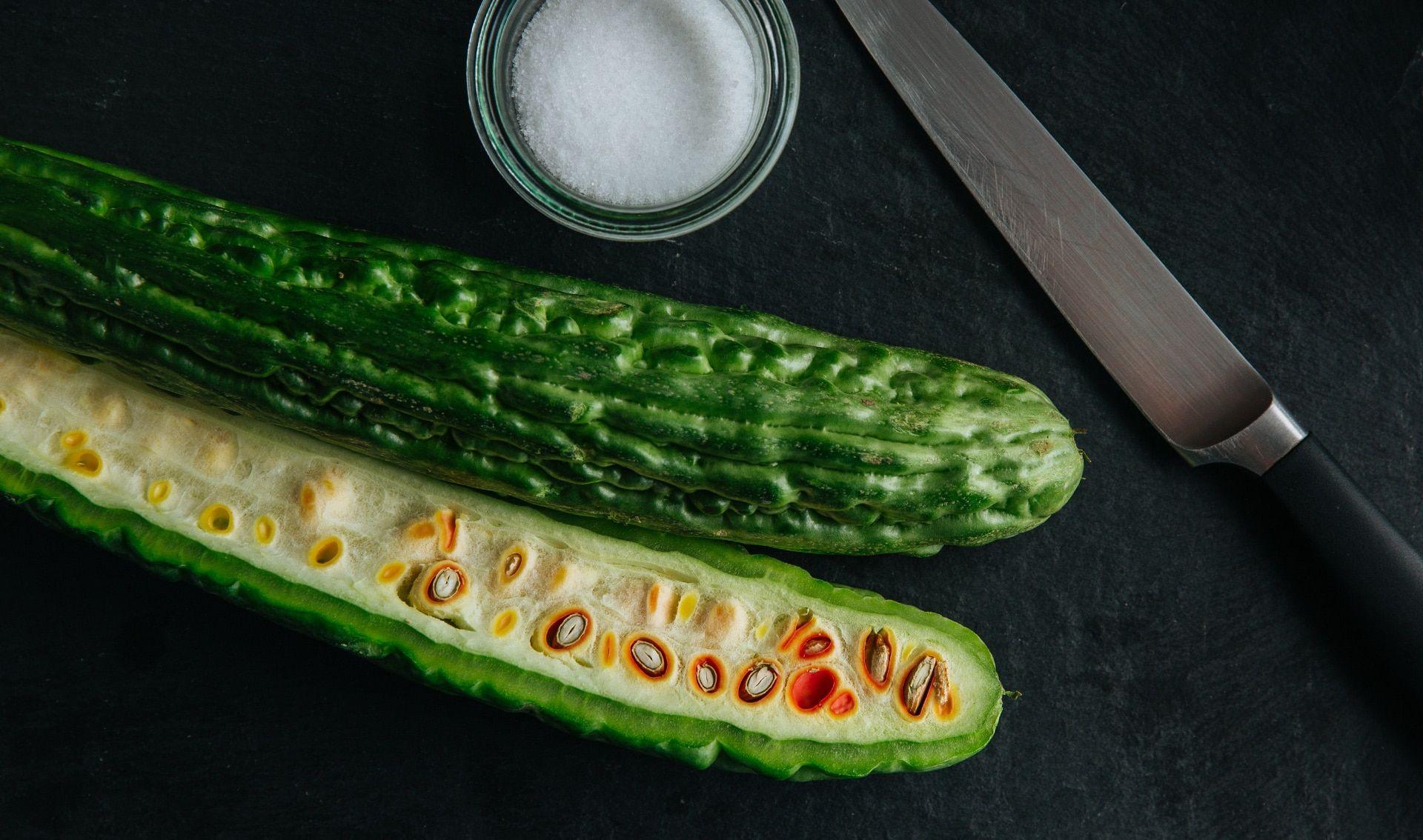While adults tend to grow out of their childhood aversion to most greens, some vegetables retain their fear factor status—namely, ampalaya. Its victims never forget ampalaya's intense bitterness.
How do you remove the bitterness of ampalaya? It’s been said that a short soak in a light sprinkling of salt will eliminate or, at the very least, reduce it.
An old wives tale spouted by mothers and grandmothers alike is put to the test. Does this brief curing process actually affect the vegetable’s flavor or is it just hearsay giving us false hope?
The Method
We prepared three batches of sliced ampalaya, all with different thicknesses, to find out if the salt only affected the surface of each slice or penetrated to the center.
Each batch of ampalaya was soaked in water and half a teaspoon of salt, then soaked between five to twenty minutes.
After soaking, the slices are washed in water, supposedly less bitter, and ready to be cooked.
The Effect
After soaking, the ampalaya slices are noticeably limp and slightly translucent. In each of the cups where the vegetable was soaking, cloudy water collected at the bottom. If the tales are to be believed, the water is the culprit behind the intense bitterness of vegetable.
When eaten, the ampalaya still retains some of its crunch but with a salty bite battling with the vegetable’s flavor instead of just a hit of the usual bitterness. The different thicknesses proves that the salt had very poor penetration, despite having different soaking times. Though the thinner slices picks up the salt better than its thicker counterparts, in the those slices the centers were still as bitter as before the salting process.
The Verdict
Despite having soaked these bad boys in salt for longer than necessary, the only notable difference in terms of taste was that the salt overpowered the bitterness.
After tasting the water from the soaked ampalaya slices, the liquid only tasted slightly bitter—it seems that the offensive bitter flavor has more to do with the vegetable’s flesh than its liquid.
Salt curing the ampalaya makes the vegetable more palatable, the salt counters the bitterness, though a trade-off to making it more approachable is losing its crunch and firmness.
If you’re planning on making a crisp salad featuring this veggie, salt curing might not be the best option but if you plan on sautéing or stewing these, this method will help flavor your dish, though it’s more effective with thinner slices.
Feedback
After posting this article, Pepper reader Gerry Alanguilan shared how he prepares his ampalaya at home:
"You don’t just soak it in salted water for a period of time. You mash it with your hands with just enough force not to break the ampalaya. You do this for a couple of minutes. Then you wash it well with water. What you get is ampalaya that retains the ampalaya taste with none or very little bitterness."
Another commenter, Lanie, has a similar process:
"Instead of soaking it in salt water, what we do at home is salt on the freshly cut ampalaya and leave it for 15-20 minutes. We wash it a couple of times in running water before cooking it. You’ll only taste a hint of bitterness after that."
This article was originally posted in 2017, then edited in 2022 to include feedback.
